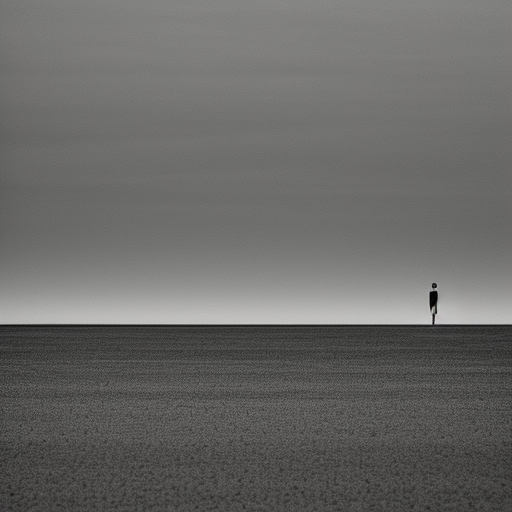Summary: Minimalist design is a style that focuses on simplicity, functionality, and the elimination of unnecessary elements. It emerged in the 20th century as a reaction against the complexity and ornamentation of previous design styles. Minimalist design can be seen in various fields, including architecture, art, fashion, and product design. It is characterized by clean lines, neutral colors, and a sense of spaciousness. Minimalist design aims to create a sense of calm and clarity by reducing visual clutter and emphasizing essential elements.
Origins and Influences
Minimalist design originated in the 1960s as a response to the excesses of the mid-century modern style. It was influenced by the De Stijl movement, which emphasized geometric shapes and primary colors, and the Bauhaus school, which promoted functionalism and simplicity. Minimalist design also drew inspiration from Japanese aesthetics, particularly the concept of “ma” (empty space) and the Zen philosophy of simplicity and mindfulness.
Characteristics of Minimalist Design
Minimalist design is characterized by several key features. First and foremost, it prioritizes functionality and usability. Every element in a minimalist design serves a purpose and has a clear function. Unnecessary ornamentation is eliminated, and the focus is on clean lines and simple forms. Neutral colors, such as white, black, and gray, are commonly used to create a sense of calm and neutrality. Minimalist design also emphasizes the use of natural materials, such as wood and stone, to bring a sense of warmth and authenticity to the space.
Minimalist Design in Architecture
In architecture, minimalist design is often associated with the works of architects like Ludwig Mies van der Rohe and Tadao Ando. Minimalist buildings are characterized by their simplicity, use of clean lines, and open spaces. They often feature large windows to bring in natural light and create a seamless connection between the interior and exterior. Minimalist architecture aims to create a sense of harmony and tranquility by reducing visual clutter and focusing on essential elements.
Minimalist Design in Art
Minimalist design has had a significant impact on the art world. Artists like Donald Judd, Dan Flavin, and Agnes Martin embraced minimalism in their works. Minimalist art often features geometric shapes, repetitive patterns, and a limited color palette. It seeks to eliminate any unnecessary elements and reduce art to its most basic form. Minimalist art challenges traditional notions of art and invites viewers to engage with the work on a more sensory and experiential level.
Minimalist Design in Fashion
In the world of fashion, minimalist design is characterized by clean lines, simple silhouettes, and a focus on quality materials. Designers like Calvin Klein and Jil Sander are known for their minimalist aesthetic. Minimalist fashion often features neutral colors, such as black, white, and beige, and avoids excessive embellishments or patterns. The emphasis is on timeless elegance and understated sophistication.
Minimalist Design in Product Design
Minimalist design principles are also applied in product design. Companies like Apple have embraced minimalism in their product designs, creating sleek and minimalist devices that prioritize functionality and ease of use. Minimalist product design focuses on simplicity, intuitive interfaces, and the elimination of unnecessary features. The goal is to create products that are visually appealing, user-friendly, and enhance the user’s experience.
In conclusion, minimalist design is a style that emphasizes simplicity, functionality, and the elimination of unnecessary elements. It emerged as a reaction against the complexity and ornamentation of previous design styles. Minimalist design can be seen in various fields, including architecture, art, fashion, and product design. It is characterized by clean lines, neutral colors, and a sense of spaciousness. Minimalist design aims to create a sense of calm and clarity by reducing visual clutter and emphasizing essential elements.












